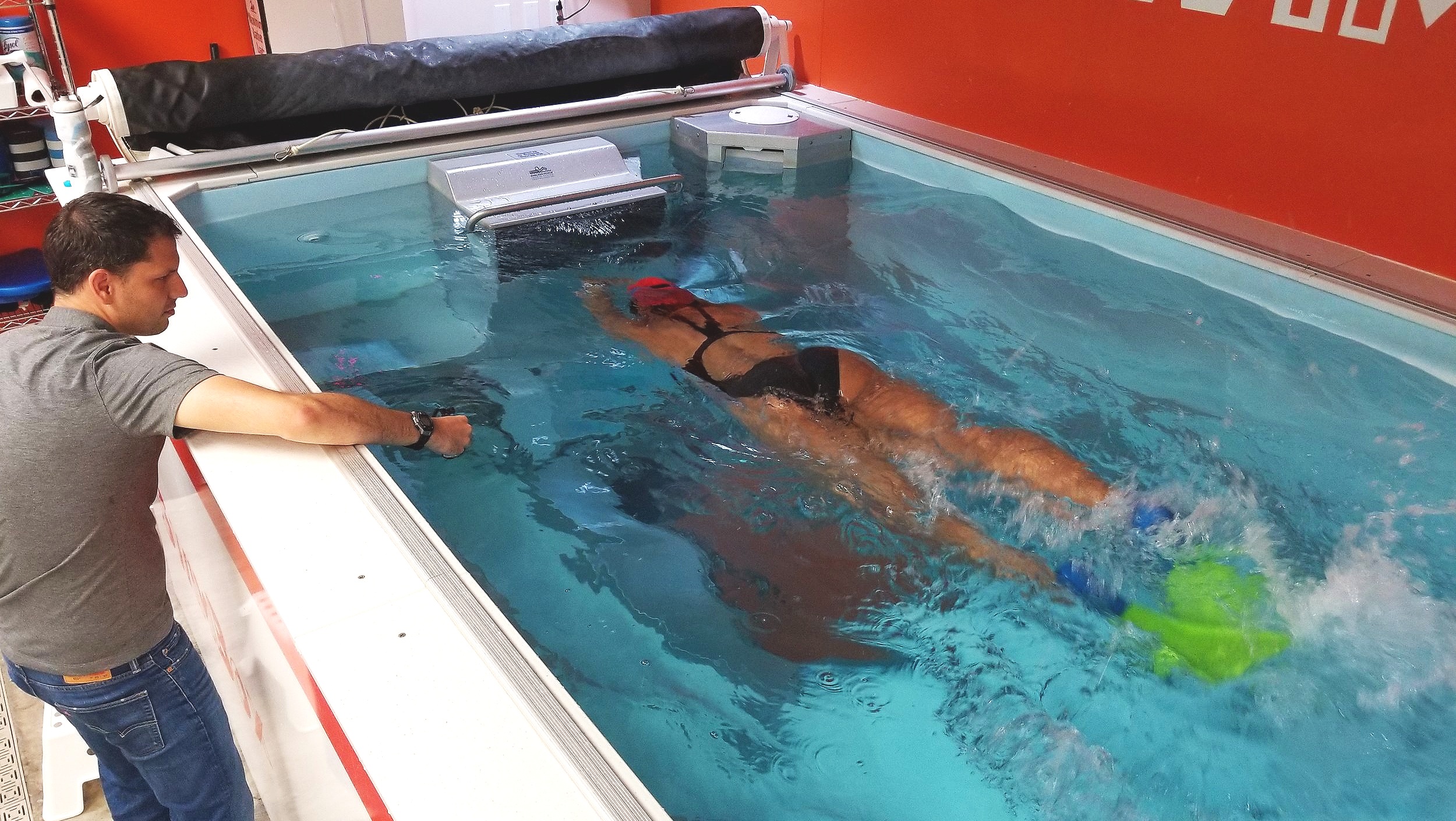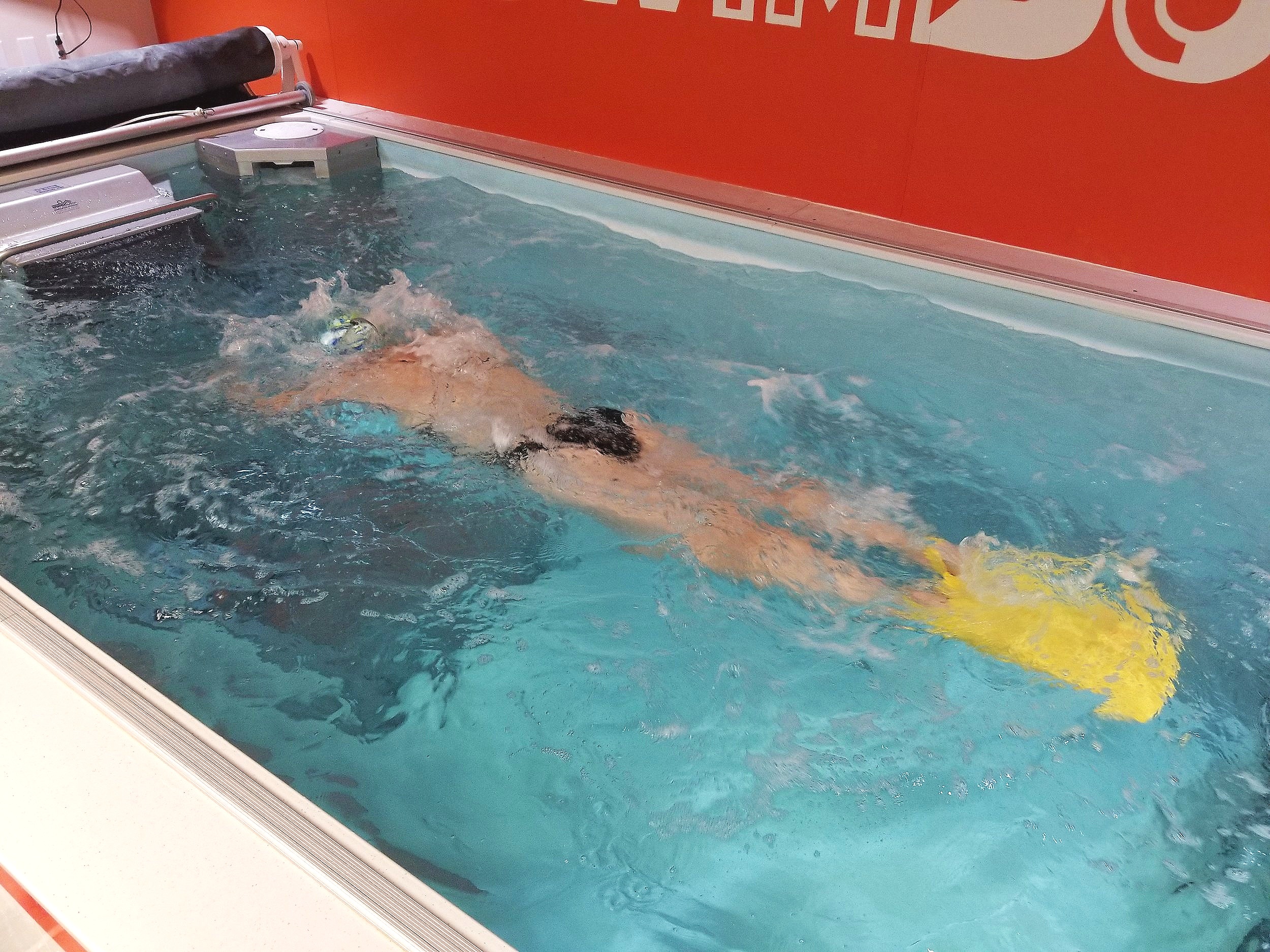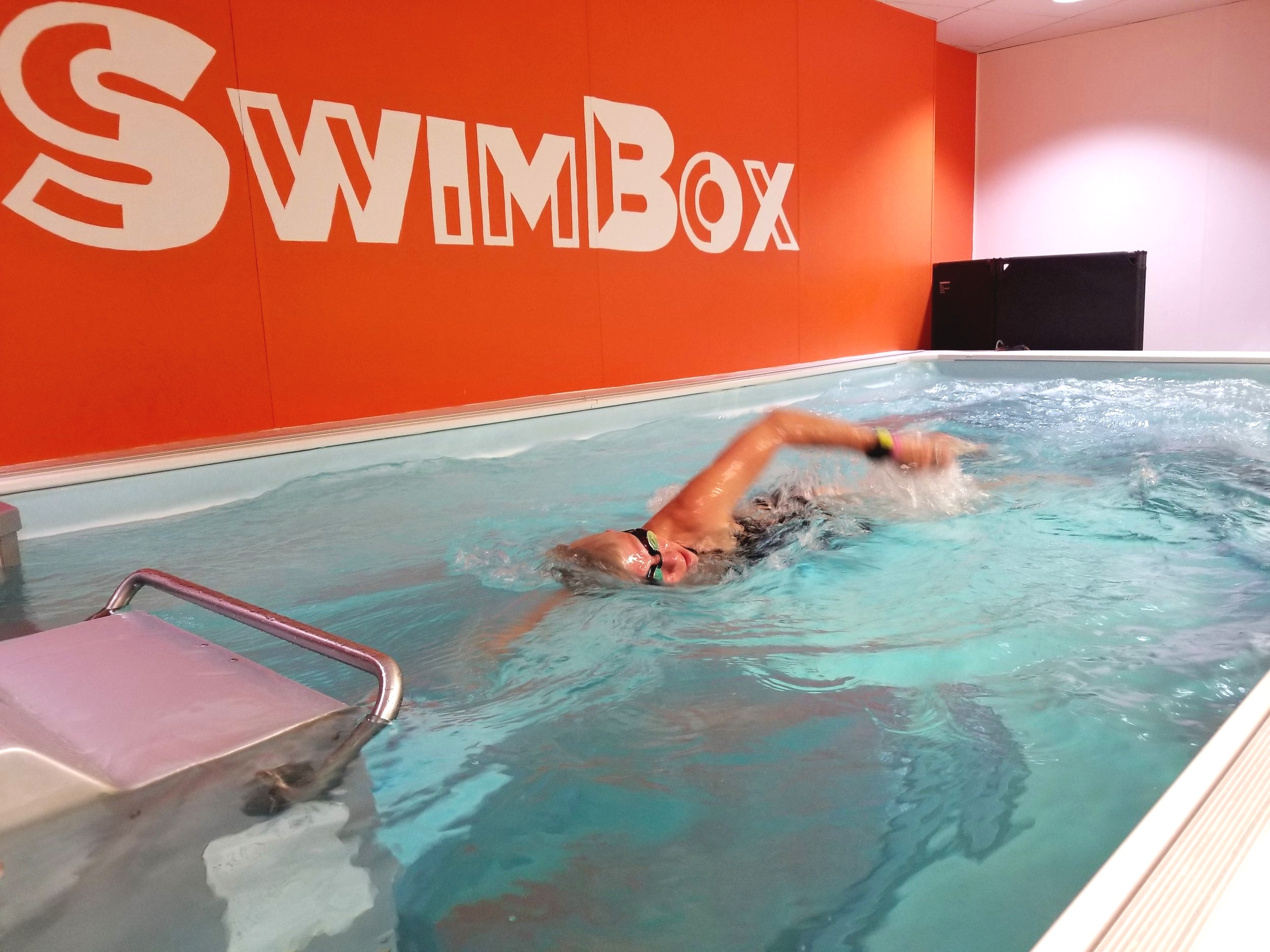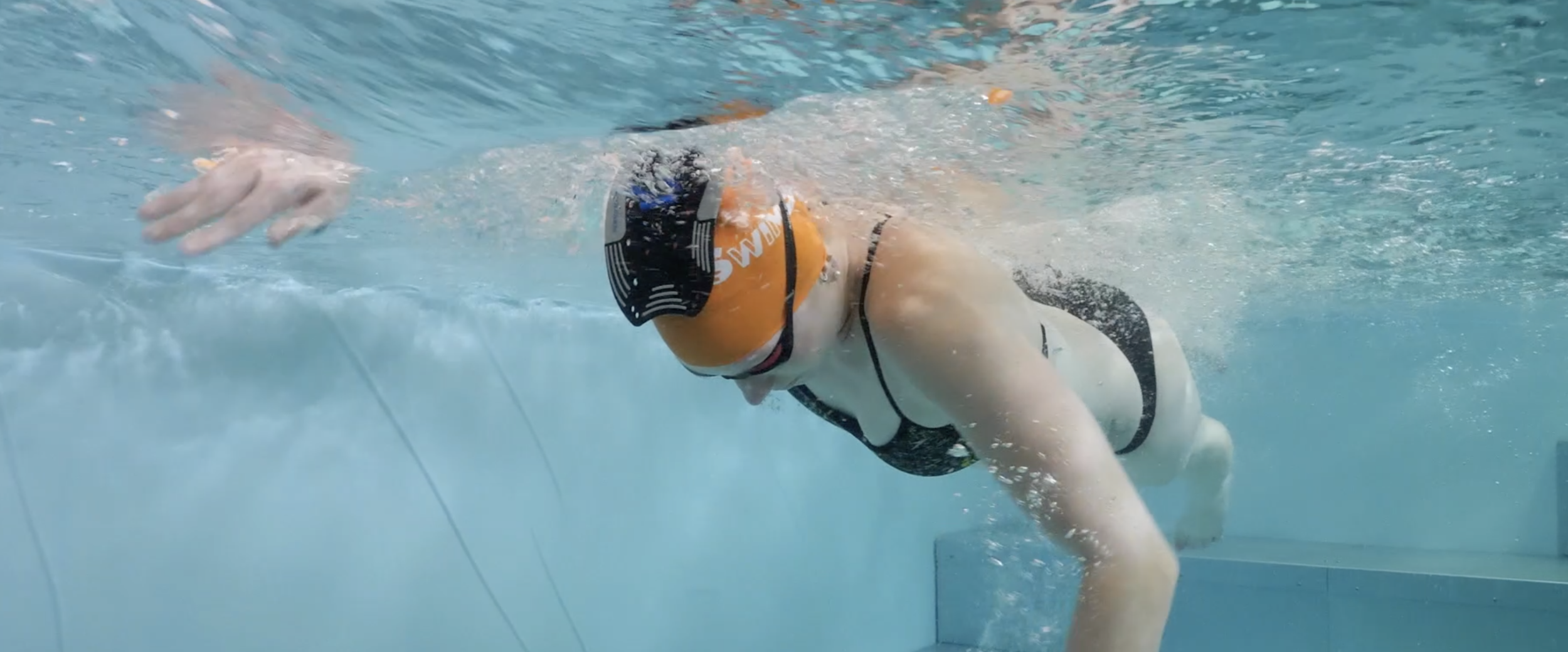The time is here! Slightly warmer temperatures, the sun is out earlier, and the smell of wetsuits and triathlon kits are constantly wafting through the air. You don’t smell it? Take a deep breath, I’ll hold on for a second. Still nothing? Okay, maybe it’s just me, but I swear that smell of neoprene is everywhere right now. Which means it’s finally open water and triathlon season again! If you haven’t been prepping all winter long (unless you’re like me and count eating Christmas cookies as prep) don’t worry, we’re going to go over the 3 key things to focus on to help you make this season your best season yet.
First up - and this should be pretty obvious, but I won’t take any points away if you hadn’t thought of this - SIGHTING. Sighting is the main thing that can make or break your open water swim, even if you’re lucky enough to call yourself Michael Phelps (or Dara Torres, Amy Thompson, Lenny Krazelburg, Ian Crocker, you take your pick) and nothing seems to get your swimming down. If you don’t practice sighting and getting your body used to making this movement, you’ll most likely find yourself in the open water not sighting as frequently as you need to, or sighting improperly, and adding seconds to your time, and possibly injuring your neck and back because of it. Worst case scenario you barely sight at all and swim completely off course, adding minutes to your time and wasting a ton of your energy. The best drill to use to work on your sighting is Alligator Eyes. After you feel comfortable with that drill, move onto practicing a Rolling Sight. A rolling sight is how you’re going to be want to sight during your races, so it’s incredibly important to practice the movement of this in the water before jumping in any lakes or oceans. Make sure to watch both of these instructional videos to see how to do them on your own.
The second thing to focus on is bi-lateral breathing. Now I know this might seem weird, since so many coaches nowadays are 50/50 on either bi-lateral breathing or one side breathing, but trust me here. Fine tuning your breathing to BOTH sides gives you the ability to be able to adapt to your surroundings once you’re in the open water. Sun too bright to breathe to the right and still see? Breathe to the left. Huge waves coming at you from the left, obstructing your sight and constantly splashing water into your mouth? Breathe to the right. Starting to make sense now? Being able to breathe to both sides doesn’t mean you HAVE to breathe to both sides during a race, or all the time at practice for that matter, but it gives you another weapon to keep in your arsenal if you need to use it on race day. We prefer people to practice bi-lateral breathing either by length of the pool or by 50s, NOT by breathing every 3 strokes (which causes you to switch sides for each breath). Breathing every 3 strokes causes you to constantly change your movement patterns and your balance, which changes the consistency of your stroke and can make the learning process more difficult.
Last, but definitely not least (but probably most boring unfortunately, at least to me), is pace work. Since you’re going to be on your own in the open water, without a pace clock or the ability to stop and look at your watch, you’re going to have to be able to rely on yourself to know if you’re keeping the right pace or not. Practicing pace work can be annoying, but helping your body understand the feeling it will have at certain speeds will allow you to know what your stroke and level of effort should feel like to make sure you’re keeping up with the pace you’re looking for and better help you reach your goal time. If you simply get in the water and go, keeping in mind not to sprint the whole swim (unless it’s a sprint tri or super short open water race), there’s no telling what pace you’ll go. You might get lucky a few times, but if you’re going to keep racing you need to know how different paces feel as you move through the water. The best move is to practice with a Tempo Trainer to find a pace you’re confident you can maintain during your open water race. Once you’ve found a comfortable pace using the tempo trainer, take it out and try to swim mimicking the pace you just found. It’s going to take some guess and check, but it’s all about finding a pace you can maintain and figuring out how that pace feels in the water. Here’s an example of what you’re looking for to try. Use your tempo trainer and swim a 200, make sure you get your time. After you get your time, take the tempo trainer out and swim a 50; try to match the pace you just swam your 200. If you go 4 minutes on the 200, you should come in at 1 minute on the 50. You can do many variations of this with longer distances as you get the hang of it, or you can just repeat this set in order to improve your pacing.



















